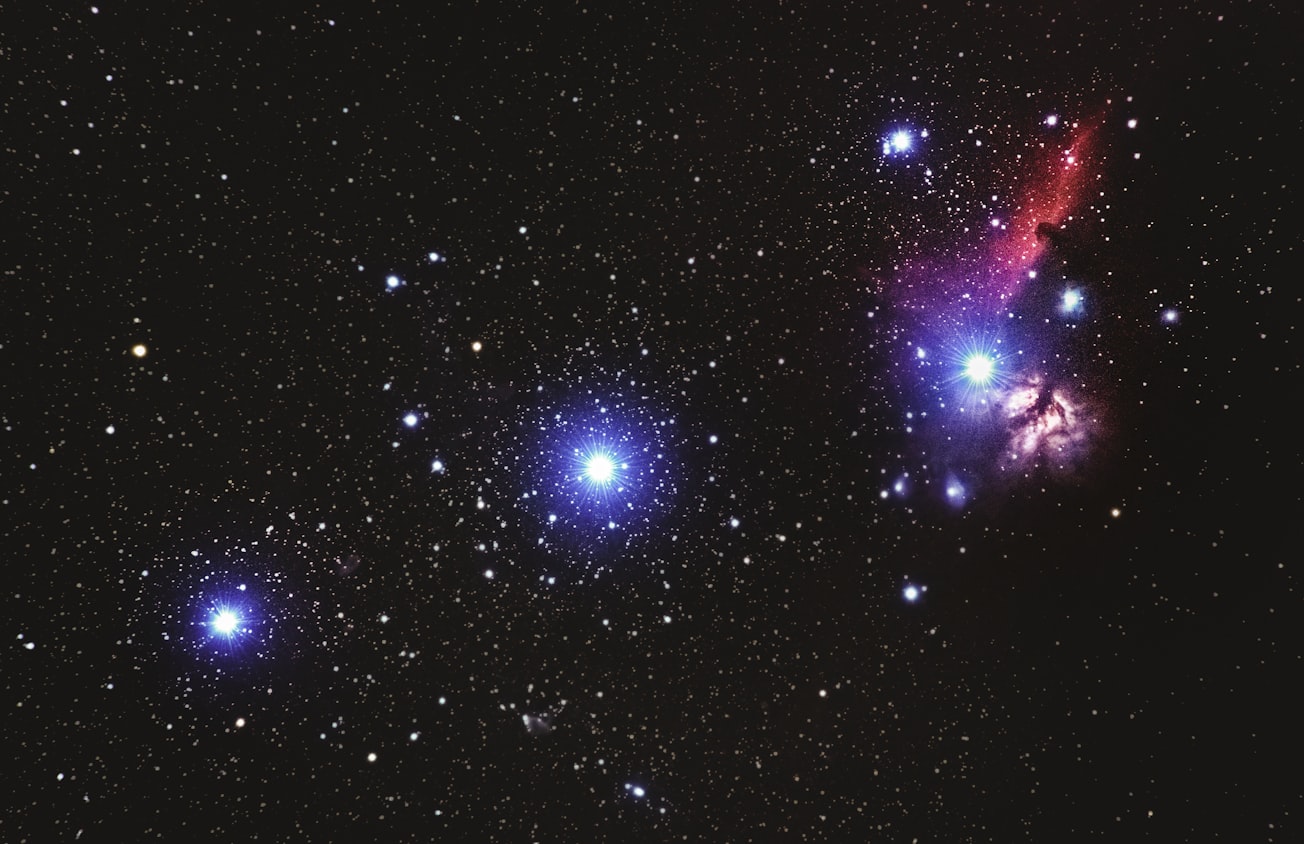What is it about?
This work is a comprehensive review of recent literature dealing with the impact of modified gravitational dynamics on the structure and properties of stellar objects, from neutron stars and white dwarfs to red and brown dwarfs.
Featured Image

Photo by Alexander Andrews on Unsplash
Why is it important?
Besides providing an updated review of this topic covering over 500 references, the paper is aimed at building a bridge between the efforts of the community working on different theories, formulations, types of stars, theoretical modelings, and observational aspects, highlighting some of the most promising opportunities in the field. In particular, depending on model parameters, alternative gravity theories may increase or reduce the gravitational pull inside stars, thus affecting the allowed maximum mass and radii of neutron stars and white dwarfs. This leads to nontrivial degeneracies between the gravitational sector and the effective equations of state, which could give new life to matter models typically ruled out in the Einsteinian framework. It may also have an impact on our interpretation of astrophysical observations of gravitational waves in binary mergers. On the other hand, we point out that besides compact stars, other branches of the main sequence may shed new light on the existence of modified gravity effects. Such is the case of brown dwarfs, for which degeneracies in the equation of state are negligle but the minimum mass for hydrogen burning is very sensitive to modified gravity effects. In the context of metric-affine gravity, we find that the construction of stellar objects matched to an external Schwarzschild space-time must be carried out with care in order to avoid the development of curvature pathologies at the matching surface. These pathologies arise due to the different boundary conditions that such theories must satisfy as compared to General Relativity. A proper analysis of the junction conditions indicates that no pathologies occur at the matching surface for any models of physical interest.
Perspectives
The review puts forward the need to go beyond the analysis of mass/radius relations in order to improve current constraints on astrophysical observables. The study of rotating models should also receive more attention in order to characterize moments of inertia and try to identify universality relations that may trascend specific theories. For metric-affine theories, new avenues for realistic stellar models are now possible thanks to the understanding of the need to properly characterize the junction conditions.
Gonzalo J Olmo
Universitat de Valencia
Read the Original
This page is a summary of: Stellar structure models in modified theories of gravity: Lessons and challenges, Physics Reports, September 2020, Elsevier,
DOI: 10.1016/j.physrep.2020.07.001.
You can read the full text:
Resources
Contributors
The following have contributed to this page







